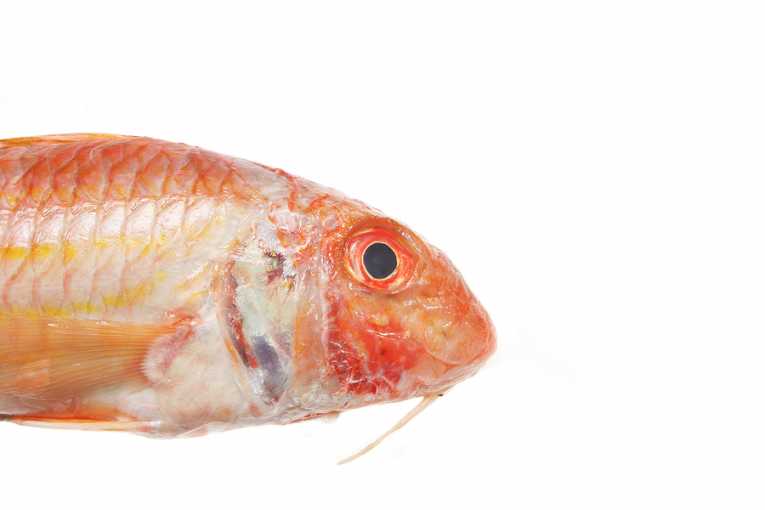For the silvery denizens of the north-east Atlantic, global warming isn't some fishy-tale to be sniffed at with a dose of climate change skepticism. It's here and now, to be found in dramatically shifting fish populations, in an area now known as the ocean's 'cauldron of climate change'. A report, surveying three decades of research into fisheries on the European fringes of the Atlantic, has found warming waters being translated into gains for southern small-fry - while their northern cold-water cousins are floundering in the uncomfortably hot waters.
The work - being published online today in this month's Current Biology - is the fruit of analysis by a team led by University of Bristol's Stephen Simpson. They looked at 11 separate surveys of fish numbers in the continental shelf area of Europe, which together looked at the species distribution for 100 million fish. 'Our study is the first to combine a whole suite of European data sets to get the "big picture' of how warming is affecting fish communities," Simpson said.
Waters warming fours times as fast
The Atlantic here has already seen its waters warm quickly - with over 2 degrees Fahrenheit (1.3 °C) of temperature rise happening in some parts in the last 30 years. That's four times as fast as the global average change in temperatures. The warming effect has been most striking in the shallower waters of the North Sea, between the UK and Denmark. And these changes matter a great deal to fish, as their life cycles are finely-tuned to the sea's temperature.
Simpson explained: "While a 1.3° Celsius change in mean annual temperature in the North Sea over the past three decades may sound trivial, temperature has a strong influence on egg maturation rates, growth, and survival of fish larvae, and impacts on the planktonic communities that underpin the food webs that sustain commercial fisheries." So the resident fish populations are having to sit up and take notice.
Some liking it hot
Nearly three-quarters of fish species were found to have been affected by this warming already - some for the good, and some for worse. Hake, dab, lemon sole and some rays have all flourished in the milder waters, with reported landings doubling.
But many cold-water species have done much more poorly - fish such as haddock, cod and Norwegian red-fish, have seen their recorded numbers halved.
"We see many more southerly, warm-water species faring well on the European shelf than more northerly, cold-adapted species," said Simpson. 'This means more small-bodied, faster-growing species with shorter generation times, and potentially more diversity.' But rather than showing a simple frontal retreat by cold-water fish, the reports suggests a more subtle change in relative numbers is at play.
The changing fish on the dish
These effects have been missed before, because other studies have tended to look only at the presence or absence of a fish species, when looking for signs of change. That means they failed to spot the big changes in the proportions of species that this new number-counting study claims to have found. The changing numbers game is also going to impact what's on the plate for northern Europeans - although a more sustainable fishing policy is needed to ensure there is anything on the plate at all.
"We may see a further decline in cold-adapted species, many of which were the staple for our grandparents," Simpson said. "The flip side is a likely increase in species that for the UK may seem relatively exotic now - red mullet and John dory. Over time, with effective management and an appropriate response in consumer demand, European seas have the potential to yield productive and sustainable fisheries into the future."
Top Image Credit: Red Mullet Closeup © Griffin024










